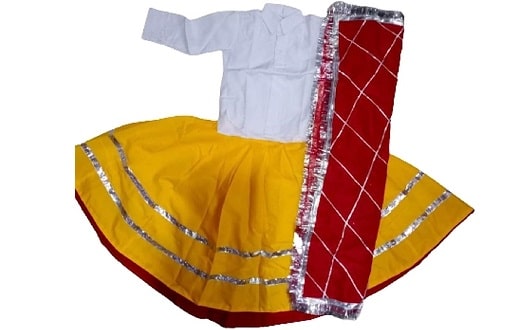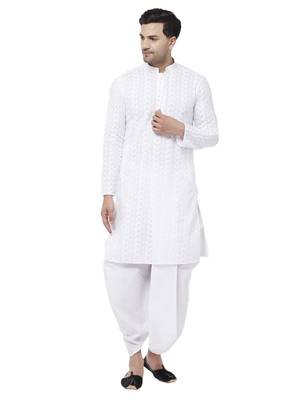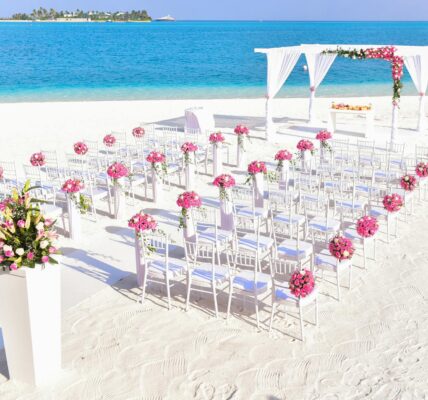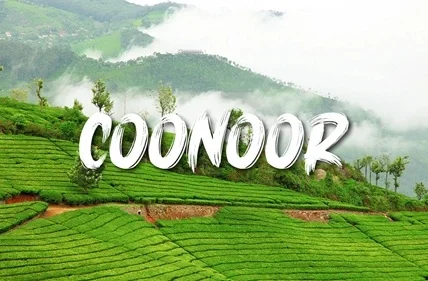The scenic state of Manipur, which is located in northeastern India, has an abundant cultural history that is carefully woven within its traditional clothing. The vivid history, traditions, and character of Manipur’s folk are reflected in the traditional clothing. The fascinating traditional attire of Manipur is examined in this essay, which also examines the cultural importance of each outfit worn by men and women.
Manipur Traditional Dress for Male:
Pheijom
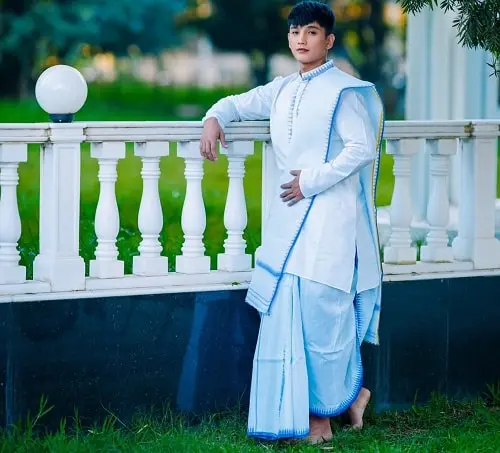
The Pheijom is a classy and graceful traditional Manipuri attire for males. It comprises a long-sleeved shirt with a collar that is fastened, worn with a dhoti, and a knee-length wraparound skirt. The dhoti has elaborate pleating and a cotton belt at the waist to keep it in place. The regal appearance of this ensemble is enhanced by the frequent addition of a turban or headwear referred to as the pagri.
Dhoti with Jacket
Men in Manipur dress in their traditional dhoti and jacket. Pagri, a white turban, is a popular headpiece. Rich guys wear quilted, padded coats in the cold.
Achkan
Another traditional outfit worn frequently by Manipuri males, particularly during festivals as well as special events, is the achkan. It consists of a Nehru collared knee-length coat crafted from silk or other high-end materials. The elaborate embroidery of the Achkan, which features colourful designs, showcases the skilled work of Manipur’s craftspeople. It is often worn with a dhoti, plus a shawl or scarf is frequently used as an accessory over the shoulder.
Khamen Chatpa
Khamen Chatpa is the attire of the elite in society. Typically, this is worn during ritual occasions. This is a dhoti for a ritual. In the past, rulers gave Khamen Chatpa as gifts and prizes to famous poets, people, and people of talent. In ancient times, the rulers wore the distinctive Nigthoupee attire, and the soldiers wore Zamphies while fighting.
Manipur Traditional Dress for Female:
Innaphi and Phanek
The two most iconic traditional garments worn by Manipuri ladies are the Innaphi and Phanek. The Innaphi is a thin, transparent shawl worn over the upper torso that frequently has elaborate needlework or ornamental designs. On the other side, the Phanek is a wraparound, below-the-knee skirt. It is often made of silk or cotton and is embellished with vibrant patterns and decorations that showcase Manipur’s cultural heritage.
Lai-Phi
Another lovely textile is Lai-Phi, which is white with yellow borders.
Chin-Phi
Another Manipuri traditional garment is called Chin-Phi, and it is made of embroidered Phanek.
Ningthou Phee
Women in traditional Manipuri clothing don Ningthou Phee for festivals and other occasions. It comprises a long, pleated skirt termed Phanek Ema with a blouse identified as Kumil that is embellished with fine needlework. A gorgeous shawl known as a “phiran,” that is worn over the shoulders and frequently has elaborate motifs and decorations, further enhances the Ningthou Phee costume.
Meyek Naibi
The villagers produce a distinctive Phanek known as Mayek Naibi. Meyek Naibi’s patterns are horizontally striped and appealing to the eye. This garment enhances women’s look and highlights their natural beauty.
Cultural Significance
Manipur’s traditional clothing has great cultural significance because it embodies the state’s distinctive history and character. These outfits showcase the talent and workmanship of Manipuri embroiderers and weavers who expertly adorn the materials with brilliant hues, motifs, and patterns. Since people from many communities and ethnic groups wear the traditional garment in Manipur, it also represents social unity and harmony.
Bridal Dress
Manipur’s traditional wedding attire, the potloi, offers the would-be bride an incredibly alluring appearance. Due to its elegance and originality, the 1700s-era clothes are still popular at Manipuri weddings today. The potloi is embellished with geometric applique designs and embellished with studs, sequins, and beautiful stones.
Manipuri Dress for Modern People
The people of Manipur adhere carefully to their traditions and cultures. However, in modern times, western culture has a significant influence on people’s daily lives. In Manipur, where Christianity is growing quickly, society has started to pay more attention to fashion. The youngsters started wearing shirts, jeans, jackets, and T-shirts often.
Perhaps they did not reject the opportunity to wear their traditional garb. Their traditional attire has been blending with contemporary attire. Women currently wear the outdated Impanhi traditional dress paired with a contemporary skirt.
Festival Costumes of Manipur
The festivals are observed by individuals of Manipur in a variety of rich cultural ways. In Manipur, people dress in a variety of ways during the festival seasons. Manipur people dressed in Kumins and Potlois for the Rasa Leela festival, which is celebrated with much commotion. They wear various traditional clothing when performing their customary dances, like Koks and Phurits.
Conclusion
Manipur’s traditional attire brilliantly captures the state’s vast cultural diversity and displays the talent of its citizens. Each outfit, whether it be a man’s elegant Pheijom and Achkan, a woman’s stunning Phanek and Innaphi, or a man’s magnificent Ningthou Phee, reflects a special fusion of artistry, tradition, and cultural identity.

Santosh Kumar is an editor at unfoldstuffs.com and a professional content writer. With years of experience he is passionate for creating engaging, informative and impactful topics.
